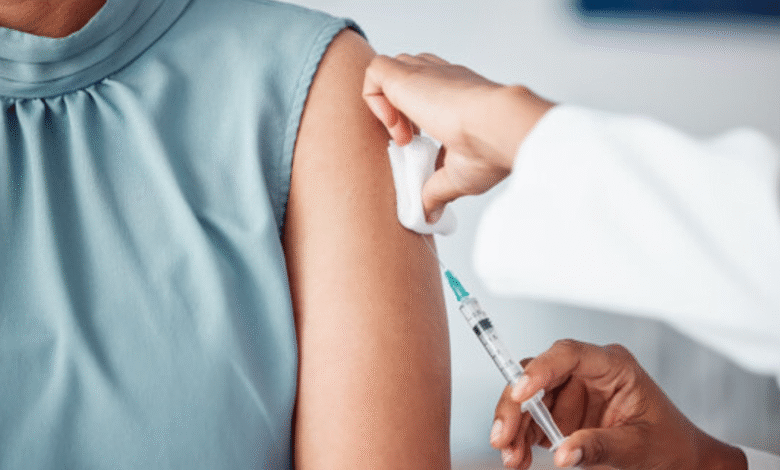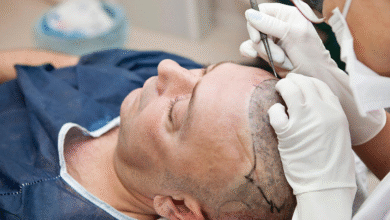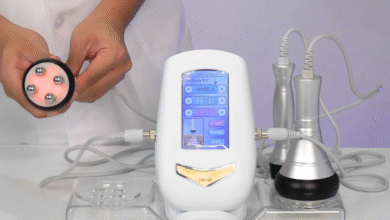Understanding the Various Medical Syringes

Introduction
In the medical field, syringes are essential tools that play a vital role in administering medications, vaccines, and other fluids into the human body. These instruments are designed to provide accuracy, safety, and comfort during medical procedures. Knowing about different syringe types can help healthcare professionals choose the most suitable one for each purpose, ensuring effective patient care and minimizing risks.
What is a Syringe?
A syringe is a medical device used to inject or withdraw fluids. It typically consists of three main parts: the barrel, plunger, and needle. The barrel holds the liquid, the plunger helps push or pull the fluid, and the needle delivers it into the body or draws it from it. Syringes are available in multiple designs, each serving a specific medical or laboratory function.
Common Materials Used in Syringes
Syringes are generally made from plastic or glass. Plastic syringes are disposable, lightweight, and affordable, making them ideal for single-use applications. Glass syringes, on the other hand, are used for specific laboratory or pharmaceutical purposes due to their durability and chemical resistance.
Classification Based on Usage
Disposable Syringes
Disposable syringes are intended for one-time use only. They are pre-sterilized and packed to ensure hygiene. Once used, they must be safely discarded to prevent infections or contamination. These are widely used in hospitals and clinics for vaccines, insulin injections, and general medication delivery.
Reusable Syringes
Reusable syringes are made from durable materials such as glass and can be sterilized after each use. They are often used in laboratories and by professionals where multiple uses are required under sterile conditions. However, disposable syringes are now preferred due to safety and convenience.
Based on Operation Mechanism
Manual Syringes
Manual syringes are operated by hand using a plunger to control fluid flow. They offer precise control, making them suitable for most injection and aspiration tasks.
Auto-Disable Syringes
These syringes are designed for single use only and automatically disable themselves after the injection. This feature prevents reuse and reduces the chances of disease transmission, making them a vital tool in immunization programs.
Safety Syringes
Safety syringes include mechanisms that shield the syringe types needle after use, preventing accidental needle-stick injuries. They are commonly used in hospitals to protect healthcare workers and patients.
Different syringe types Based on Needle Design
Luer Lock Syringes
These syringes have a secure locking mechanism that holds the needle firmly in place, ensuring that it does not detach during injection. They are preferred for procedures requiring precision and safety.
Slip Tip Syringes
Slip tip syringes allow the needle to slide onto the tip and are easy to use for quick injections. However, they may not be as secure as luer lock designs.
Catheter Tip Syringes
Catheter tip syringes have a longer, tapered nozzle used for medical tubing, irrigation, or catheter insertion. They are commonly used in wound care and other non-injection purposes.
Eccentric Tip Syringes
These have an off-center tip, which allows the needle to align more closely with the skin. They are used for injecting into veins or arteries located close to the surface.
See also: Online Anxiety Therapist Services Improving Mental Health Access
Specialized syringe types
Insulin Syringes
Insulin syringes are specifically designed for diabetic patients to administer insulin doses. They have fine needles for minimal discomfort and are marked in insulin units for accurate dosing.
Tuberculin Syringes
These syringes are used for tuberculosis testing and other intradermal injections. They usually hold 1 ml of fluid and have fine graduations for precise measurement.
Oral Syringes
Oral syringes are designed for administering medication by mouth, particularly for children or patients unable to swallow pills. They do not have a needle and are marked for dosage accuracy.
Prefilled Syringes
Prefilled syringes come with a fixed amount of medication, ready for immediate use. They minimize dosing errors and save preparation time, often used for vaccines or emergency drugs.
Irrigation Syringes
These syringes are used to clean wounds, cavities, or medical instruments by flushing fluids through them. They are larger in size and do not have a sharp needle.
Selecting the Right Syringe
When choosing among various syringe types, medical professionals must consider several factors, including the type of medication, required dosage, injection site, and patient comfort. For instance, insulin syringes are suitable for diabetic treatments, while tuberculin syringes are better for small-volume injections. The correct choice ensures both safety and treatment efficiency.
Safe Handling and Disposal
Proper handling and disposal of syringes are crucial to maintaining hygiene and preventing disease transmission. Used syringes should be disposed of in approved sharps containers and never reused. Safety protocols must always be followed in medical settings to protect both healthcare workers and patients.
Conclusion
Understanding different syringe types and their uses helps medical professionals select the right instrument for each procedure. From insulin to irrigation syringes, each design serves a distinct purpose in patient care and treatment. Selecting the appropriate syringe enhances safety, precision, and comfort, forming the foundation of effective medical practice.




